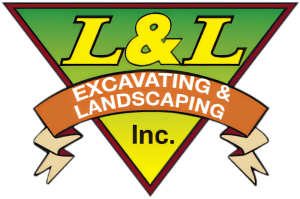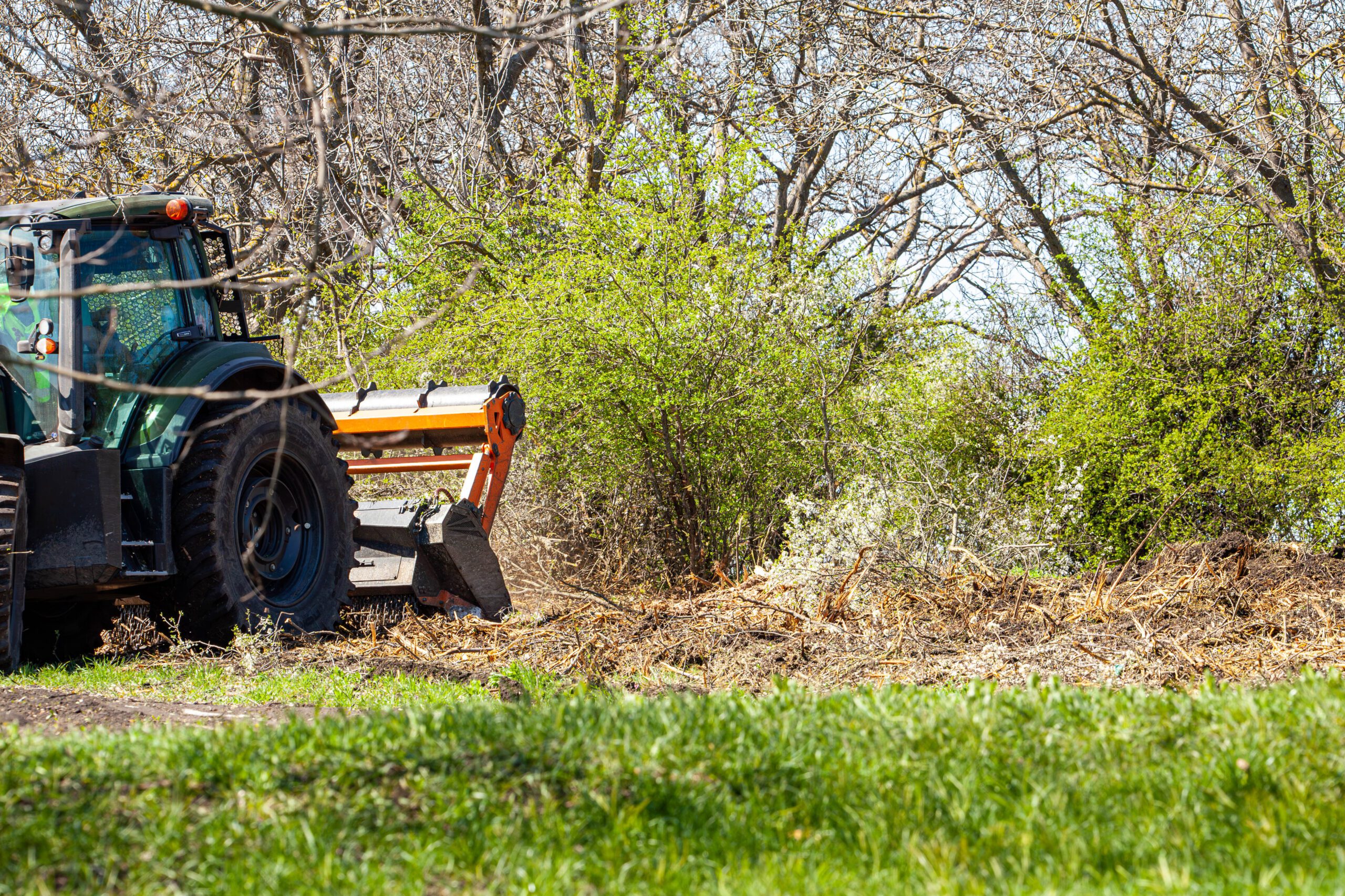Methods of Brush Cutting
Manual brush cutting techniques often employ hand tools like machetes, axes, or pruners for detailed work in tight spaces. These tools provide precision, though they can be labor-intensive. Mechanical equipment, conversely, significantly speeds up the process. Machines such as brush mowers, skid steers with brush cutter attachments, and chainsaws are often used to handle dense vegetation and small trees efficiently. By utilizing both manual and mechanical methods, teams can achieve thorough brush cutting tailored to the specific needs of each site. This combination ensures that even the most challenging overgrown areas are effectively managed.
Benefits of Proper Brush Clearing
Proper brush clearing enhances site accessibility, allowing construction crews to operate safely and efficiently. This is essential for transporting materials and equipment without delays. A cleared site also improves visibility, enabling project managers to make informed decisions regarding site layout and design, which results in more accurate project execution. Moreover, removing dense vegetation helps prevent potential fire hazards, reduces pest habitats, and diminishes the risk of damage to construction equipment. Clear sites also promote better drainage, stopping water from pooling and causing erosion or other issues. By ensuring a well-prepared site, proper brush clearing boosts the overall efficiency and safety of construction activities.
Responsible Brush Clearing For Fire Mitigation
In the Pacific Northwest, overgrown brush presents a significant fire hazard, particularly during dry seasons. Responsible brush clearing plays a vital role in fire mitigation by reducing fuel loads that can ignite and spread wildfires. At L & L Excavating and Landscaping, we emphasize strategic vegetation management to minimize these risks. This includes removing dead or dry vegetation, thinning dense brush, and maintaining defensible space around structures. By creating breaks in vegetation, we help slow the spread of potential fires, providing essential time for firefighting efforts. Additionally, our team ensures that cleared materials are disposed of properly to prevent any residual fire risk. Through careful planning and execution, we strive to protect both properties and natural landscapes from the threat of wildfires.
Challenges in Brush Clearing
Overgrown areas often present obstacles such as rocky terrain, uneven ground, and unexpected debris, which can complicate the clearing process. These elements can hinder progress and pose safety risks to workers. To navigate these challenges, a thorough site assessment is essential before beginning any clearing activities. Identifying potential hazards and obstacles allows teams to develop strategies for safe and effective brush management. Utilizing appropriate equipment and protective gear, along with employing skilled professionals, can mitigate risks and enhance efficiency. It’s also important to consider the presence of existing utilities or infrastructure that may be hidden within dense vegetation, as these can be damaged during clearing operations if not properly accounted for.
Environmental Considerations
Brush clearing can significantly impact local ecosystems, so it’s essential to approach this task responsibly. Removing vegetation may disrupt habitats, affect soil health, and alter water drainage patterns. To minimize these effects, sustainable practices should be employed. This might include leaving certain areas untouched to serve as natural buffers, using equipment that minimizes soil disturbance, and timing activities to avoid disrupting wildlife during sensitive periods. Additionally, selective clearing can help maintain biodiversity by preserving key plant species and habitats. Proper disposal of cleared vegetation is also crucial, as it can prevent the spread of invasive species. By considering these factors, construction teams can contribute to the preservation of local ecosystems while achieving their project goals.
We’re Ready To Help With All of Your Brush Clearing Needs
Effective brush clearing lays the groundwork for successful construction projects by providing a clean and organized workspace. Removing underbrush, weeds, and small trees not only prevents unwanted vegetation from interfering with construction but also enhances site accessibility and visibility. This results in more precise project planning and execution. Furthermore, proper brush clearing reduces fire hazards, minimizes pest habitats, and protects construction equipment from damage. Handling overgrown areas requires a blend of manual and mechanical methods to ensure all vegetation is managed effectively. Manual techniques, such as using hand tools, provide precision for detailed work, while mechanical equipment like brush mowers and chainsaws expedite the process for larger, denser areas. This dual approach allows for comprehensive clearing tailored to each site’ s specific needs. One of the major challenges in brush clearing is navigating rocky terrain, uneven ground, and unexpected debris. These obstacles can hinder progress and pose safety risks. Conducting a thorough site assessment before starting any clearing activities helps identify potential hazards and develop strategies for safe and effective brush management. Utilizing appropriate equipment and protective gear, along with skilled professionals, reduces risks and enhances efficiency. Environmental considerations are also crucial. Responsible brush clearing involves minimizing disruptions to local ecosystems by employing sustainable practices. This can include leaving certain areas untouched as natural buffers, using equipment that minimizes soil disturbance, and timing activities to avoid disrupting wildlife during sensitive periods. Proper disposal of cleared vegetation is essential to prevent the spread of invasive species and maintain biodiversity. By prioritizing these practices, construction teams can ensure that brush clearing not only facilitates their projects but also respects and preserves the surrounding environment.

